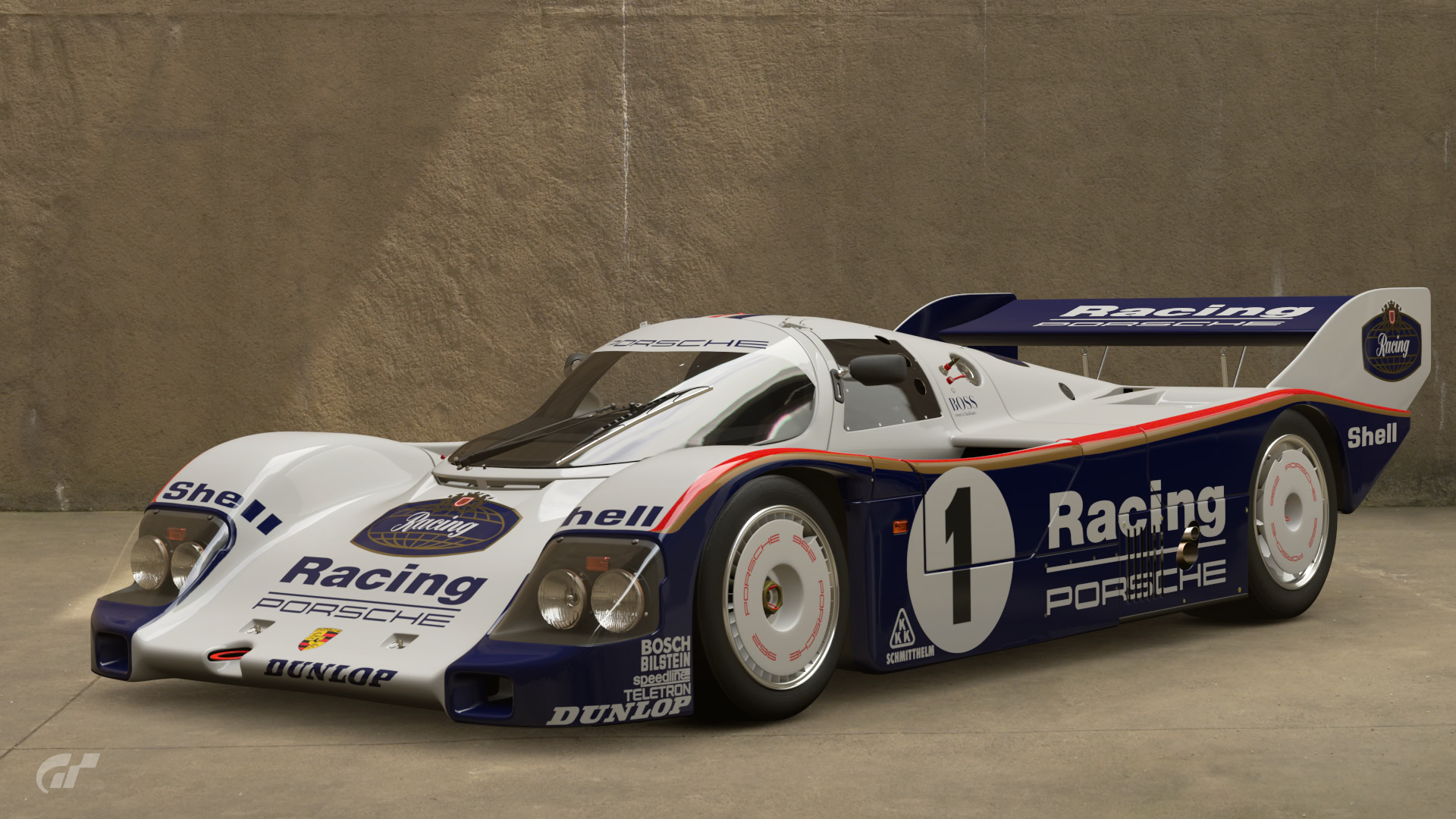Introduction: The Impact of Gran Turismo
Gran Turismo, developed by Polyphony Digital and published by Sony Interactive Entertainment, is not just a video game series; it is a cultural phenomenon that has significantly influenced the racing game genre and gaming as a whole since its debut in 1997. With its realistic graphics, meticulous attention to detail, and a vast collection of vehicles, Gran Turismo has captivated the hearts of players worldwide and set new standards for driving simulations.
The Journey of Gran Turismo
The first installment of Gran Turismo was released on December 23, 1997, for the original PlayStation. It was groundbreaking, offering players stunning graphics and a selection of over 140 cars, along with the ability to tune and customize their vehicles. The game’s realism and physics engine were unmatched, which encouraged many players to explore the intricacies of car handling and racing strategies.
Since then, Gran Turismo has evolved through multiple main titles and spin-offs. Gran Turismo 2 followed in 1999, offering even more cars and tracks, while Gran Turismo 3: A-Spec, released in 2001 for the PlayStation 2, became one of the best-selling games on the platform. The series continued to introduce innovations, such as the online multiplayer modes in Gran Turismo 4 and the highly detailed vehicle models in Gran Turismo 5.
Gran Turismo Sport and the Modern Era
Gran Turismo Sport marked a new era for the franchise when it was released in October 2017, taking a significant shift towards a more competitive and eSports-oriented environment. It focused heavily on online multiplayer and included the FIA-certified Gran Turismo Championships, showcasing the game’s commitment to professional racing and community engagement. The competitive aspect of Gran Turismo has since attracted players and teams globally, further solidifying its status in the gaming industry.
Moreover, Gran Turismo 7, released in March 2022 for PlayStation 4 and PlayStation 5, returned to the series’ roots with an expansive single-player campaign and a vast selection of cars and tracks. This installment blended the history of the series with cutting-edge graphics and mechanics, catering to both longtime fans and newcomers.
Conclusion: The Road Ahead
The legacy of Gran Turismo continues to thrive as it embraces both traditional racing fans and the competitive gaming community. As technology advances, so will the potential for further immersive experiences. The series stands as a testament to the evolution of racing simulations, impacting not just gaming but also automotive culture as a whole. Looking ahead, Gran Turismo will likely continue to push the boundaries of realism and engagement, shaping what the racing genre can achieve in the years to come.

